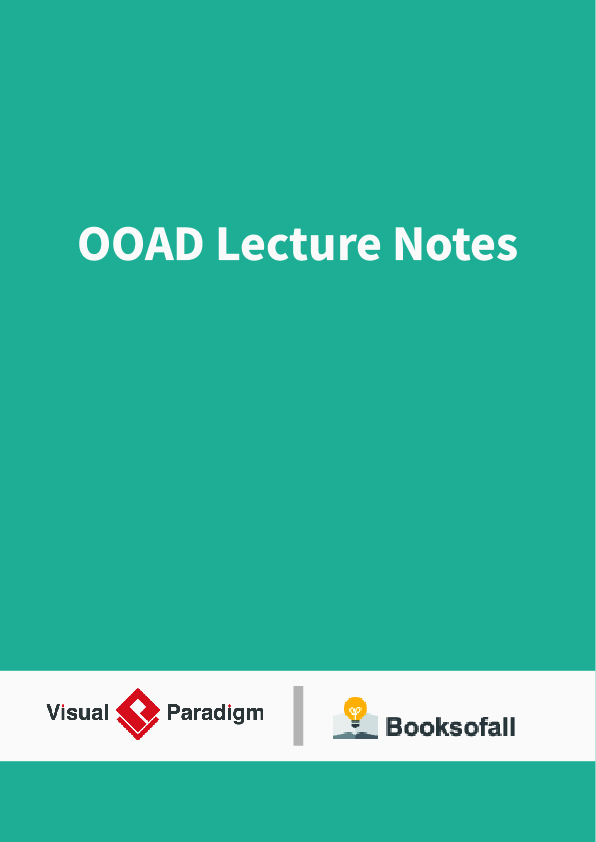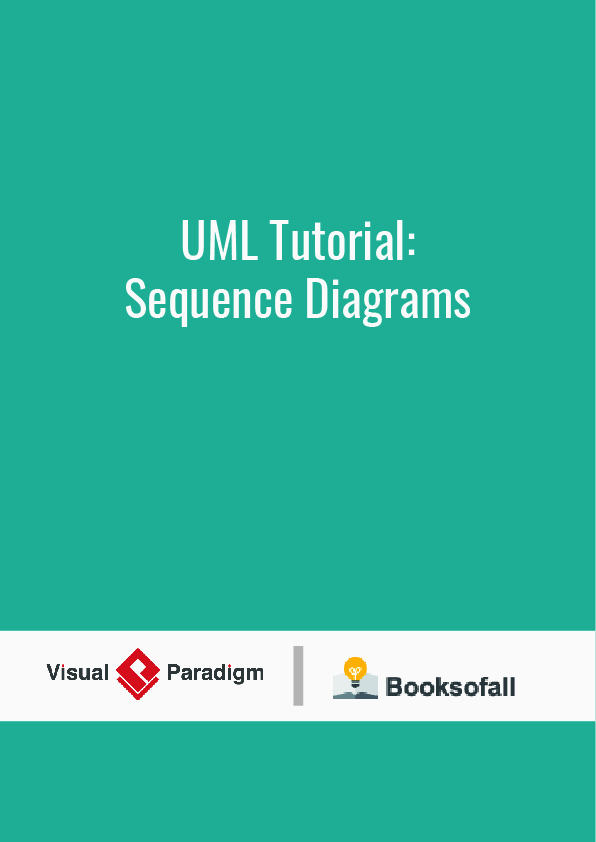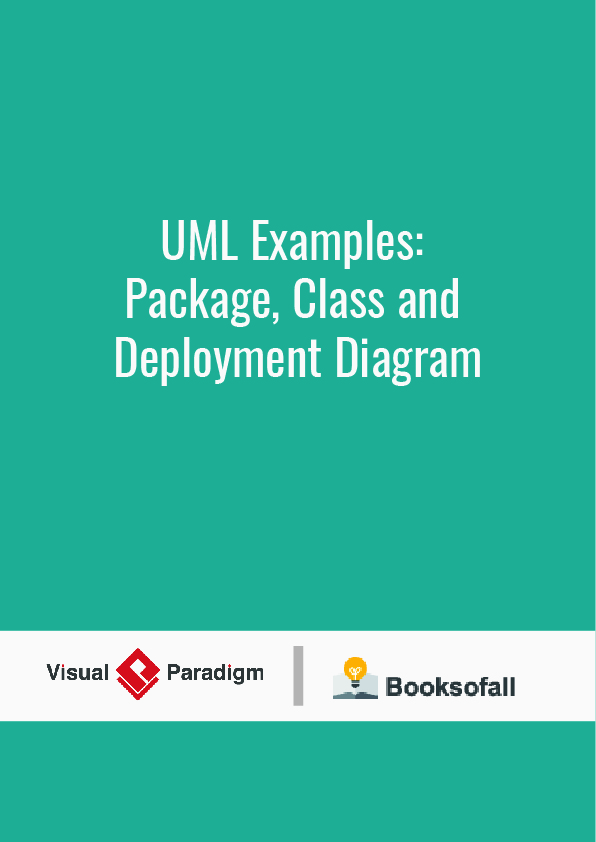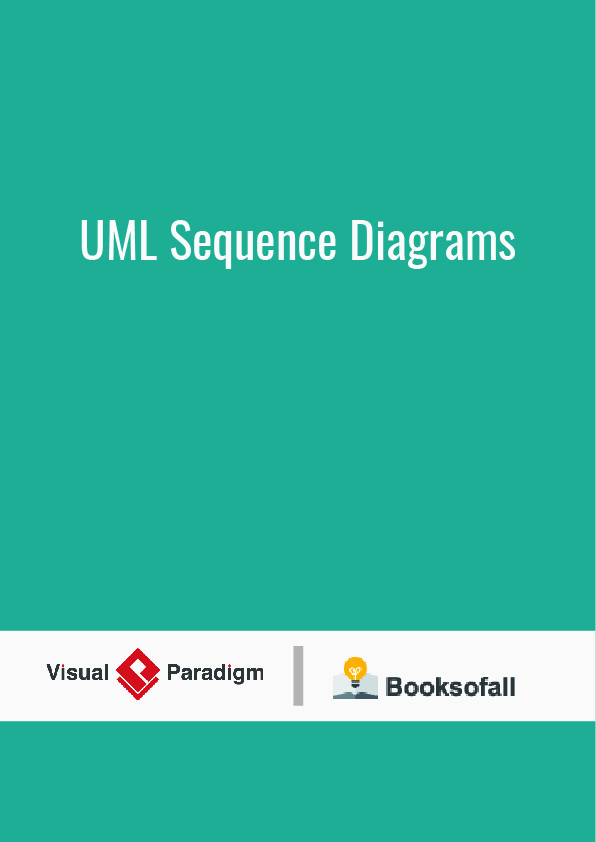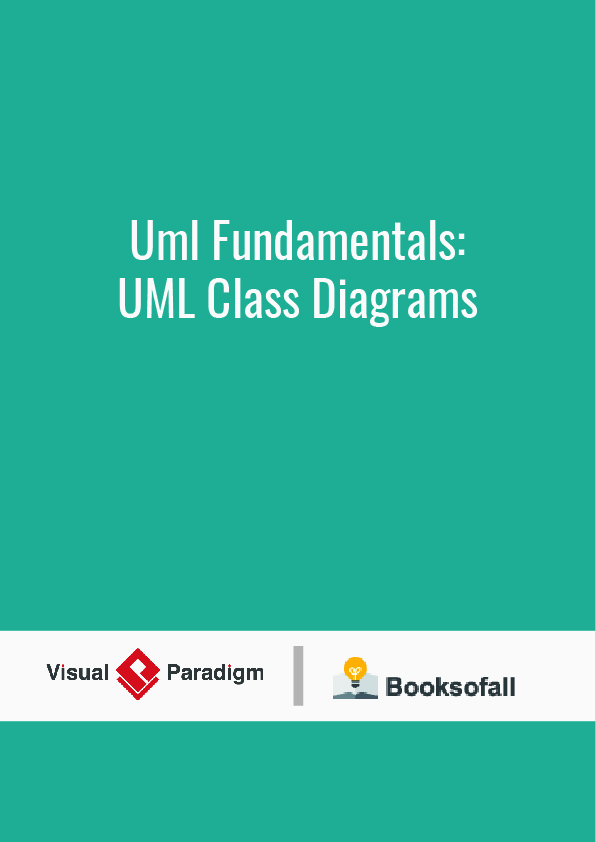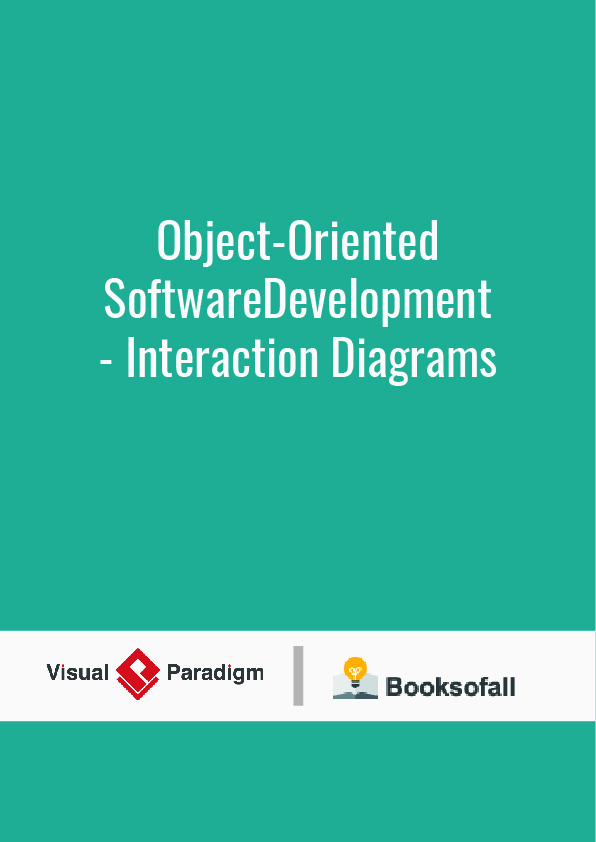The UML is a graphical language for visualizing, specifying, constructing, and documenting the artifacts of a software-intensive system. The UML gives you a standard way to write a system’s blueprints, covering conceptual things, such as business processes and system functions, as well as concrete things, such as classes written in a specific programming language, database schemas, and reusable software components.
Importance of modeling
A model is a simplification of reality. A model provides the blueprints of a system. A model may be structural, emphasizing the organization of the system, or it may be behavioral, emphasizing the dynamics of the system.
Aims of modeling
We build models so that we can better understand the system we are developing.
Through modeling, we achieve four aims.
- Models help us to visualize a system as it is or as we want it to be.
- Models permit us to specify the structure or behavior of a system.
- Models give us a template that guides us in constructing a system.
- Models document the decisions we have made.
We build models of complex systems because we cannot comprehend such a system in its entirety.
Principles of Modeling
There are four basic principles of model
- The choice of what models to create has a profound influence on how a problem is attacked and how a solution is shaped.
- Every model may be expressed at different levels of precision.
- The best models are connected to reality.
- No single model is sufficient. Every nontrivial system is best approached through a small set of nearly independent models.
Object Oriented Modeling
In software, there are several ways to approach a model. The two most common ways are
- Algorithmic perspective
- Object-oriented perspective
Algorithmic Perspective
- The traditional view of software development takes an algorithmic perspective.
- In this approach, the main building block of all software is the procedure or function.
- This view leads developers to focus on issues of control and the decomposition of larger algorithms into smaller ones.
- As requirements change and the system grows, systems built with an algorithmic focus turn out to be very hard to maintain.
Object-Oriented Perspective
- The contemporary view of software development takes an object-oriented perspective.
- In this approach, the main building block of all software systems is the object or class.
- A class is a description of a set of common objects.
- Every object has identity, state, and behavior.
- Object-oriented development provides the conceptual foundation for assembling systems out of components using technology such as Java Beans or COM+.
An Overview of UML
- The Unified Modeling Language is a standard language for writing software blueprints. The UML may be used to visualize, specify, construct, and document the artifacts of a software-intensive system.
- The UML is appropriate for modeling systems ranging from enterprise information systems to distributed Web-based applications and even to hard real time embedded systems. It is a very expressive language, addressing all the views needed to develop and then deploy such systems.
The Unified Modeling Language (UML) is a general-purpose, developmental, modeling language in the field of software engineering that is intended to provide a standard way to visualize the design of a system.
The creation of UML was originally motivated by the desire to standardize the disparate notational systems and approaches to software design. It was developed at Rational Software in 1994–1995, with further development led by them through 1996.
In 1997, UML was adopted as a standard by the Object Management Group (OMG), and has been managed by this organization ever since. In 2005, UML was also published by the International Organization for Standardization (ISO) as an approved ISO standard. Since then the standard has been periodically revised to cover the latest revision of UML. In software engineering, most practitioners do not use UML, but instead produce informal hand drawn diagrams; these diagrams, however, often include elements from UML.
